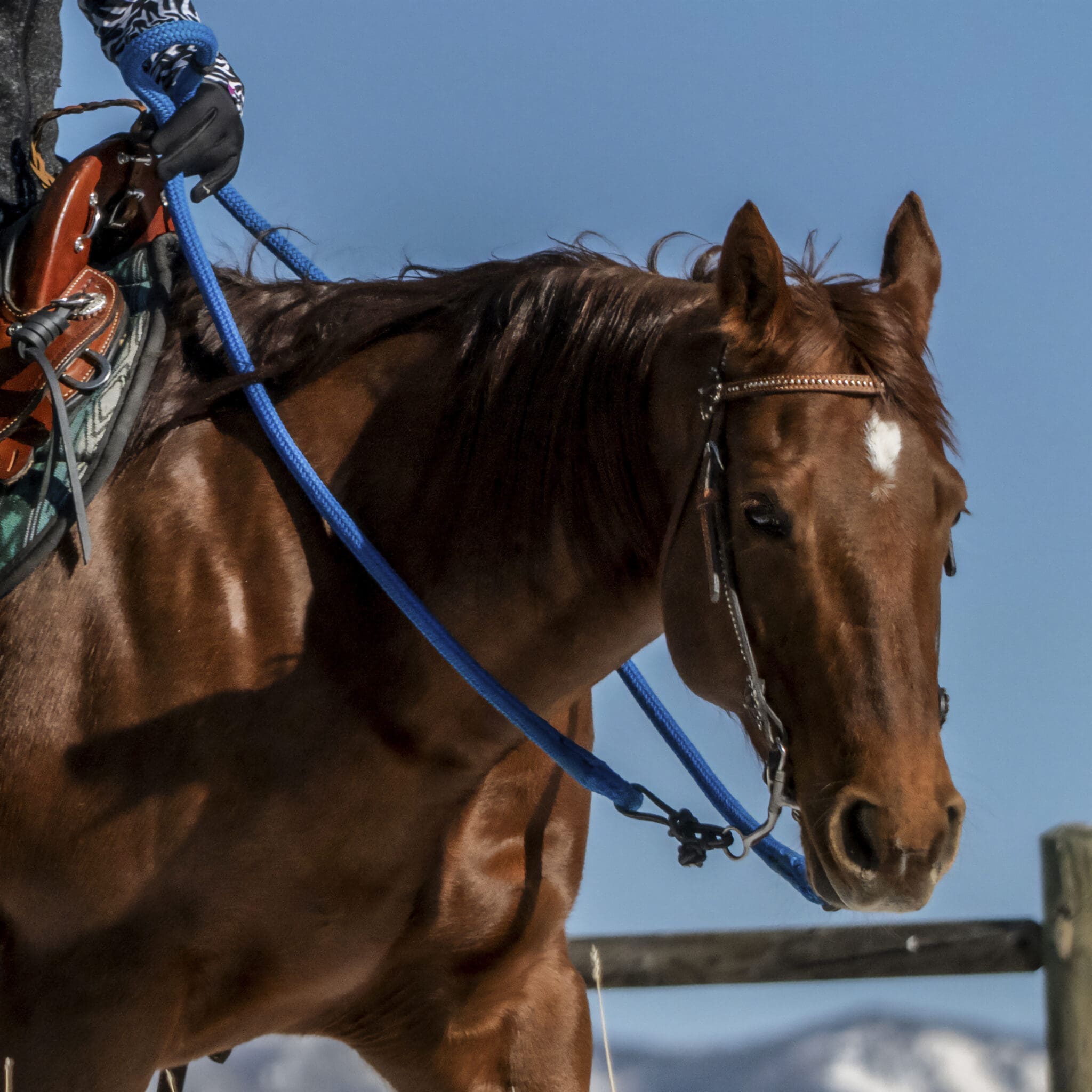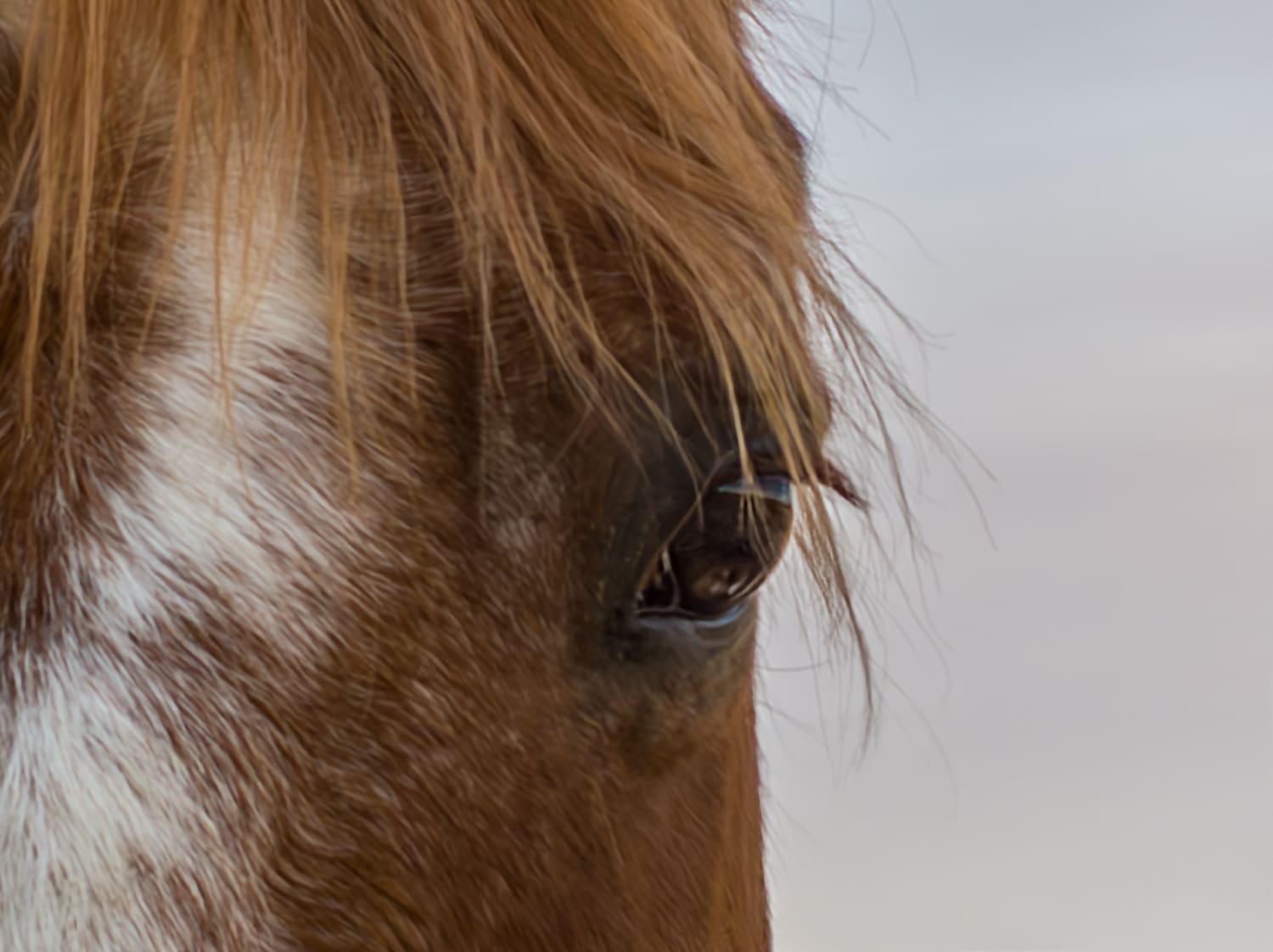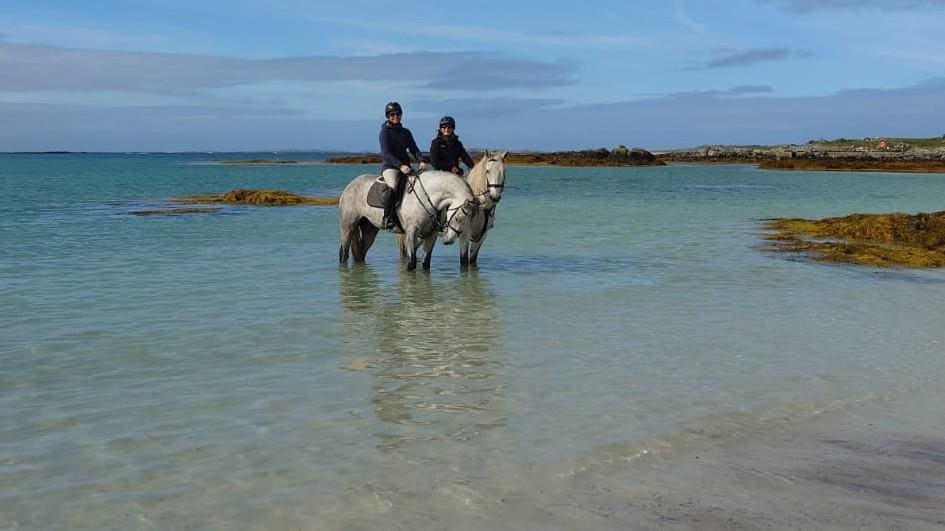This is the heart of clinic season for me and I have been on the road almost every weekend—WA,CA, OH, CO, MA. They were all great clinics with interesting people and horses. This weekend I head to MA again, then on to IA and back to CA. May and June are my busiest months—a clinic almost every weekend. Rich and I did manage to take a little break over Memorial Day weekend and we spent three glorious days on our boat at Lake Navajo, in the four corners area.
People often ask me how I can manage all the travel I do. It is hectic and frustrating at times but really it’s not so bad. This time of year I fly out on Friday and come home on Monday. Usually I have 3-4 days at home during the week. I say usually because this week I was only home one night before heading out again with my husband to attend a ski resort conference in Aspen. It makes for a busy week for me, since I fly out to MA on Friday, but I am enjoying some time in Colorado’s most beautiful mountain resorts.
A couple weeks ago, we had the Women’s Riding & Yoga Retreat at the C Lazy U Ranch in Granby CO . Although it was cold and wet most of the weekend (we even had snow on the ground one morning—much to the surprise of the flat-landers!), we all had a fabulous time riding in the toasty heated indoor arena, enjoying yoga sessions, gourmet food, the fantastic hot tub and the company of many fun and interesting women.
I know it’s been frustrating to many people who have tried to register for this event and couldn’t get in. I do this program twice a year and both clinics fill 6-12 months in advance. C Lazy U has a policy of allowing previous attendees to register first for the event the following year and so far, everyone has re-upped, making the clinics full from the beginning. We will be having the programs again next year in May and October and I have also agreed to a third weekend at C Lazy U, which will be a “Ranch Riding Adventure,” open to men and women, and it will include a clinic with me, trail riding challenges and introductory cattle work. This weekend will be in September—the most glorious month here in CO and we will be announcing dates and opening it up for registration later this summer.
At the CLU clinic a couple weeks ago, most people there were from out of state and everyone was riding one of the ranch’s trail horses. I have to say, these horses (and riders) did an awesome job. They carry riders (mostly beginners) down the trail for a living; they are not arena horses. But in spite of that, and with some understanding from the rider, they did great in the arena. The theme of the weekend was definitely working on not pulling BACK on the reins and not pulling on TWO reins at the same time when you want to turn. This is one of the most common problems I see at the clinics I do and it is highly detrimental to the horse. Some horses will take it, day in and day out, but many horses will shut down and become non-responsive when the rider pulls on two reins. Allow me to explain.
First of all, most riders are stuck pulling BACKWARD on the reins any time they ask the horse to do anything (and sometimes even when they aren’t doing anything). ANY backward pull on the reins is known as a “rein of opposition” and interferes with the horse’s forward motion. If what you are trying to do is stop, then it’s not so bad, but if what you are trying to do is turn while you keep the horse going, it doesn’t work too well. For instance, we were doing a lot of canter work at the CLU clinic but most riders could not keep their horses going all the way around because as soon as they’d get to the corner, they’d pull back on the reins to turn and it would automatically slow the horse down to a trot. It’s asking him to do something he can’t—go forward around a tight turn while you are pulling back. It’s very unfair to the horse, although it’s the horse that usually gets blamed.
Another bad problem is to pull on both reins when you want the horse to turn, crossing your outside hand over the mid line of the neck. So basically you are pulling his nose in two directions at the same time—what’s he supposed to do? Often people think they are neck reining when they do this, or they just have trouble separating their hands, or sometimes it looks like they are trying to turn their horse like their hands were on a steering wheel, but the horse is definitely the loser in this game. Many horses, when you pull on two reins at the same time, will just completely shut down, become non-responsive and either head to the middle of the arena, head for another horse or just stop in frustration.
I know these are difficult concepts to understand and hard habits to break (especially when you don’t even know you are doing it) but when you consider it from the horse’s POV, it makes no sense at all. Pulling on two reins at the same time is rarely a good idea. The good news is that I think it sunk in for everyone at the clinic! As we worked through the different ways to use the reins—for instance using the leading rein (which has no opposition) to turn instead of the direct rein—and the one rein stop, I think everyone could see the difference in the way their horse’s responded. Although everyone would have loved to be able to bring their own horse to the retreat, in a way it’s good to ride different horses and work through specific challenges—it broadens your horizons and teaches you a lot. Would you agree that you learn more from riding different horses than you do from riding the same horse all the time?
I have written a lot about this problem of using two reins when one would work better . There’s also an article in my Training Library that explains the different ways you can use the reins and the theory behind the rein of opposition. Julie’s Membership Website There is also detailed info on my riding DVD, Refinement and Collection—volume 5 in my riding series.
What about you—have you ever had problems with your horse when you pull on two reins? Is he stiff-necked, hollowed out and resistant to your cues? Is he breaking gait all the time or are you struggling to keep him going? Or maybe he’s running right through the bridle when you try to stop? Have you ever tried to break the habit of pulling on two reins or have you ever discovered that to be a problem?
Riding is not an easy sport and unfortunately it’s our horses that pay the price for our mistakes. I am willing to bet that most of you reading this already know this simple truth—99.9% of all horse problems are rider induced. The good news is that the more you know and understand and question, the better you will be and the more your horse will respond!
Enjoy the ride,
Julie
Please visit Goodnight’s sites for more information and training tips:
Shop Julie’s website
Get your Julie Goodnight Reins: HERE



